Allied Prisoners of War and Rolex Watch Co., a story of hope in the midst of a grim world conflict.
As a journalist who has worked in conflict zones, the notion of detainment in a prisoner-of-war camp for years at a time seems like the stuff of nightmares. I can only imagine the dreary and demoralizing reality that was faced by thousands of Allied prisoners in WWII, who were fighting (in broad terms) for a unified objective. Their version of the “great escape” was in some ways aided, in an informal sense, by timepieces, most notably Rolex.
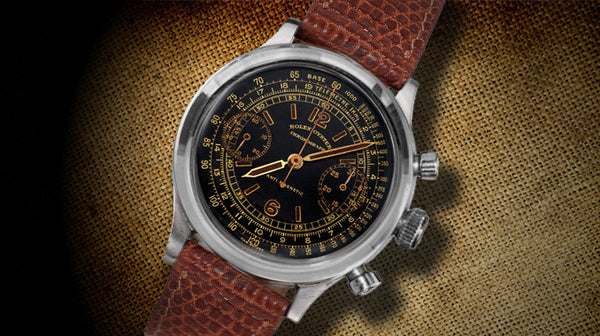
Rolex Steps In
As the war between Axis and Allied forces raged on, Hans Wilsdorf, the founder of the watch company named Montres Rolex SA, had a brilliant notion: Why not let these prisoners ‘purchase’ a new timepiece on the proviso that they could pay for it postwar upon their release? Not only did this serve as a morale booster, but it was also a brilliant marketing maneuver, raising the profile of Rolex Watch Co. ltd for men that would become known as the Greatest Generation. Due to Switzerland’s position of neutrality in the war, the logistics of this plan were indeed feasible. Wilsdorf could reliably deliver the watches. Not only was it an altruistic maneuver, it also points to his keen sense of marketing and product positioning.
This move could not have come at a more apt time. As historian Tony Judt noted in his magisterial work Postwar: “Evil, above all evil on the scale practiced by Nazi Germany, can never be satisfactorily remembered. The very enormity of the crime renders all memorialisation incomplete.” In other words, the scale of human rights abuses in WWII made every human conflict up to that point pale in comparison to the point we struggle to comprehend the levels of brutality faced by those on the ground.
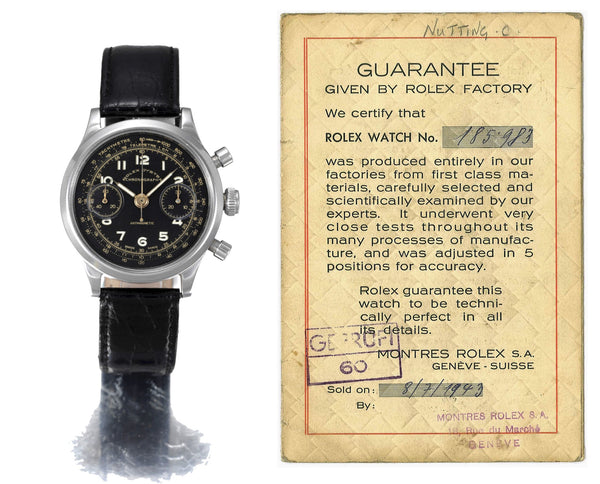
(Photo credit: Rolex Magazine)
According to some sources, an estimated 3,000 Rolex watches were ordered by British POW officers, although exact numbers are hard to lock down. However, Wilsdorf’s decision implies that he believed that the Axis would lose the war, and this no doubt would have raised morale among the Allied POWs receiving a watch. In the darkest days, something as simple as a watch was a shining beacon of hope for POWs.

(Photo Credit: Hans Wilsdorf Foundation)
As a neutral power, packages could be sent from Switzerland to POW camps inside Germany. This means that Wilsdorf, as a businessman, was taking a significant risk and the understanding they could pay him back when they were freed was far from certain. Until quite late in the war, no one knew (least of all Wilsdorf) who would win WWII, or when it would finish. Since Wilsdorf would have had no way of knowing which way the war would turn, it can be safely assumed that he was prepared to write the 3,000 watches off.

Rolex Christmas advertisement, World War II - 1942 (Photo Credit: Rolex, via Rolex Magazine)
The Great Escape
The escape of 76 Allied airmen from the Nazi Luftwaffe Prisoner of War (POW) Stalag Luft III camp in March 1944 is one of history’s most famous prison breaks. The camp was 100 miles southeast of Berlin and would become immortalized in the 1963 movie The Great Escape. The actual escape is all the more remarkable when taking into consideration the extreme lengths that Luftwaffe prison forces took concerning security. To prevent tunneling, the Luftwaffe raised prisoners’ huts off the ground and buried microphones nine feet underground along the perimeter fencing. The camp had also been built atop sand that would be tough to tunnel through, and almost impossible to conceal if anyone had attempted it.
The Luftwaffe failed to take into account the ingenuity of the American, British, Canadian, and other Allied air force servicemen held in captivity. These men toiled for nearly a year to construct a tunnel that would allow them to flee from captivity. The penalty for being found tunneling inside the camp would at least have been 10 days in solitary confinement – the penalty for being found outside the camp could be death.
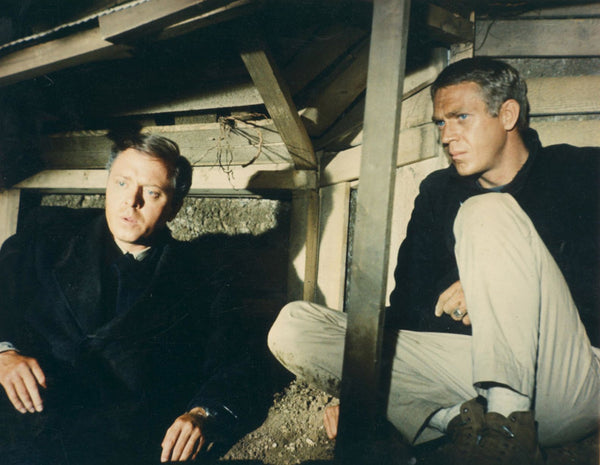
(Photo Credit: The Great Escape)
The escape was led and organized by Roger Bushell, a Royal Air Force (RAF) pilot who was shot down over France while assisting with the evacuation of Dunkirk. Throughout the spring of 1943, Bushell and 600 or so prisoners started building three tunnels (with the code names of Tom, Dick, and Harry). The plan called for each tunnel to stretch for at least 300 feet to the protective cover of the forest outside the camp. The POWs reasoned that if they could reach that forest cover they might just stand a chance, even though they were deep inside enemy territory.
To avoid the microphones, the POWs burrowed down more than 30 feet working in claustrophobic conditions. In Hut 104, the prisoners building the Harry tunnel worked for days chipping away at the building’s support columns to avoid being seen working underneath the barracks. The POWs used a trap door concealed below a heating stove that was always kept lit to try and discourage their Luftwaffe guards from noticing the trapdoor.
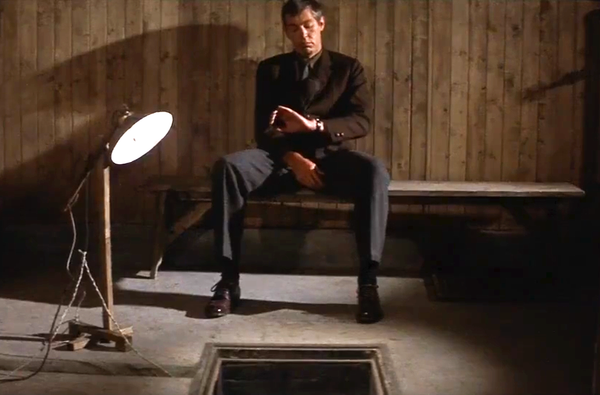
(Photo Credit: The Great Escape)
It’s estimated these POWs excavated more than 100 tons of sand, which they gradually stuffed into concealed socks and sprinkled and raked into the soil in the gardens they tended inside the camp (much like in the film).
According to historical records, the tunnels were a massive makeshift engineering effort too: “Prisoners stripped some 4,000 wooden bed boards to build ladders and shore up the sandy walls of the two-foot-wide tunnels to prevent their collapse. They stuffed 1,700 blankets against the walls to muffle sounds. They converted more than 1,400 powdered milk tin cans provided by the Red Cross into digging tools and lamps in which wicks fashioned from pajama cords were burned in mutton fat skimmed off the greasy soup they were served.” Truly, this is one of the greatest escape feats of all time.

(Photo Credit: Rolex Magazine)
When they did make their escape, the Nazi war machine mobilized a massive manhunt, erecting roadblocks, and searching over a wide area. After a fortnight, the Germans had recaptured 73 of the escapees, but only three ended up successfully fleeing (two Norwegians who stowed away on a freighter to Sweden and a Dutchman who made it to Gibraltar). Adolf Hitler personally ordered the execution of 50 of these men as a warning to others.
As historical accounts note, “In violation of the Geneva Convention, Gestapo agents drove the airmen—including Bushell and Bull—to remote locations and murdered them. Following the war, British investigators brought the Gestapo killers to justice.” In 1947, a military tribunal found 18 Nazis guilty of war crimes for shooting the recaptured prisoners of war, and 13 of these were executed.
A Lifelong Relationship With Rolex
Among those attempting to escape (and part of the plan to do so) was RAF Corporal, James Nutting. According to research by Rolex Magazine, RAF Corporal Clive James Nutting’s stainless-steel Rolex Oyster 3525 Chronograph was delivered to the camp on August 4th, 1943. This means that the tunnels had already been in the process of being built for at least five months by this stage. In receipts to Allied POWs, Rolex simply notes payment is ‘gratis', to be paid when the war is over. The research also notes that Nutting wrote to Rolex seeking his final invoice in 1948, suggesting Rolex was in no hurry to chase up payment for these watches.
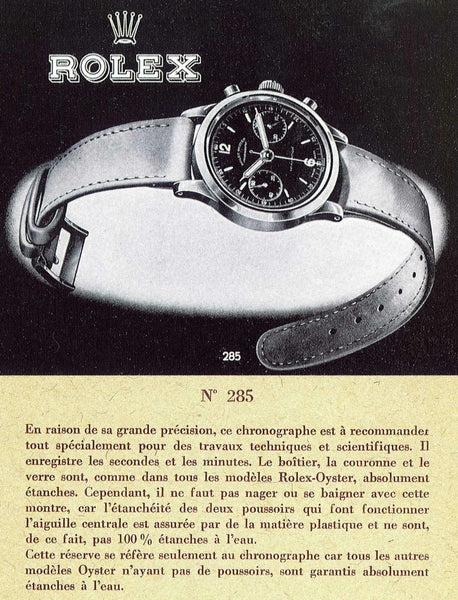
(Photo Credit: Rolex)
In the end, Nutting couldn't use the tunnel before it was discovered. As this historical analysis notes, “This probably saved [Nutting’s] life.” Nutting, like some imprisoned Allied officers at the time, had decided to take a watchmaker named Hans Wilsdorf up on his offer to provide watches from his company, Rolex Watch Co., to Allied POW’s. Even though he was just a Corporal, Nutting decided to order a Rolex Oyster 3525 Chronograph from Rolex while being held as a prisoner in camp Stalag Luft III. His watch ended up going to auction.

(Photo Credit: Antiquorum)
As with many soldiers, timepieces have continued to be an important part of many of the POWs' lives. Nutting ended up moving to Australia with his family, including his son John, in the early 1970s. It turns out John became a successful radio broadcaster, including, for the Australian Broadcasting Corporation, which would have made him a colleague of this writer at some stage. In photos online, you can see him wearing what looks to be either a five-digit Rolex Submariner or Rolex Sea-Dweller; a fitting watch for a family that has a strong connection to Rolex.

Nutting a shoe maker, on the right. (Photo Credit: Rolex Encyclopedia)
Nutting’s watch and his associated correspondence with Hans Wilsdorf was sold at auction for £66,000 in 2007. Nutting went on to work as a consultant for both the 1950 film The Wooden Horse and The Great Escape. Both films were based on actual escapes which took place at Stalag Luft III. Thanks to the brave servicemen who took enormous risks in attempting to escape, we have these powerful stories that remain with us today.
Hollywood, Steve McQueen and a Rolex Submariner

The “King of Cool” Steve McQueen would play Captain Virgil Hilts (nicknamed 'The Cooler King' for his repeated trips to the isolation cell) in The Great Escape. McQueen had a long and strong personal relationship with Rolex, notwithstanding the company’s actual historical connection to the film's subject matter.
McQueen famously wore a circa 1964 ref. 5513 Rolex Submariner, as well as a ref. 5512 Submariner. He did not exclusively wear Rolex in his Hollywood appearances, however. Famously wearing a Heuer Monaco and also a Benrus in different films.
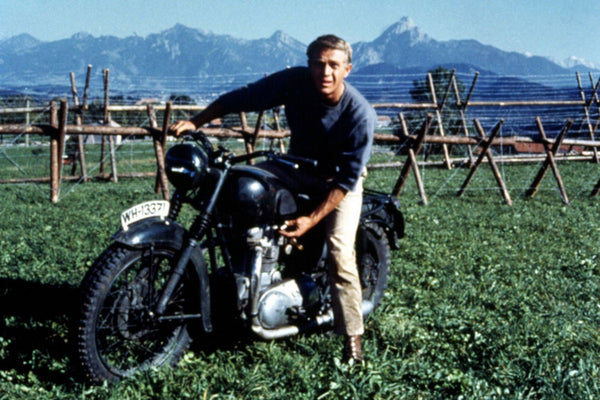
And yet, in The Great Escape, McQueen reportedly wore a Rolex Speedking. This was a fitting choice because vintage Speedkings were also present in the camp in WWII. Just like the brave men in real life who risked their lives, McQueen proved he had impeccable taste in timepieces. One wonders if his decision to reportedly wear a Speedking was therefore intentional, or whether it was pure coincidence.
For more on this topic, check out Glorious Amateurs: The Watch Worn by the OSS and SOE and D-Day, a Look at the Watches that Served Our Soldiers.
--
If you enjoyed this article, please consider signing up for our free weekly newsletter for further updates HERE.
Henry is a journalist based in Australia who writes about watches in his spare time. He’s worked around the world including in conflict zones. He’s passionate about watches and how the hobby brings people together.
Read Next: The Lasting Legacy of the CIA’s Lockheed A-12 and the Watch That Served It

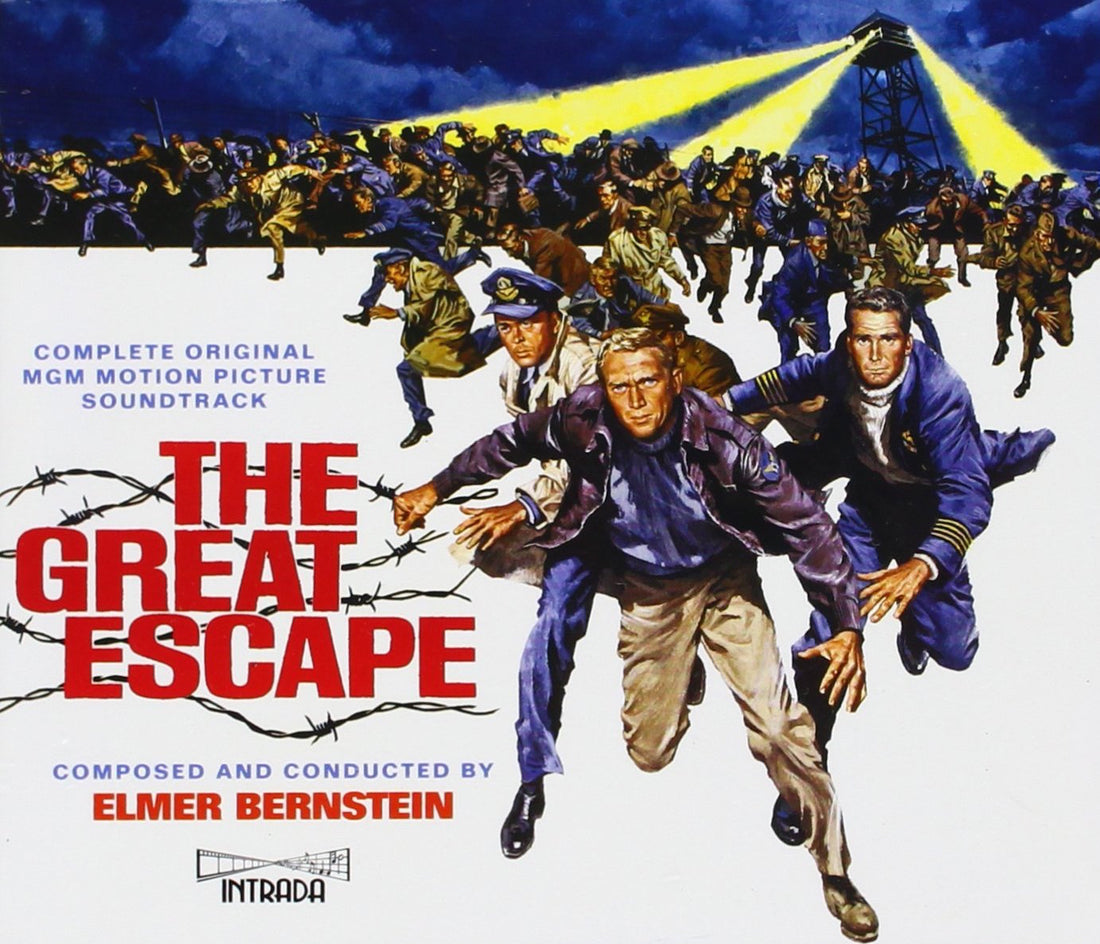
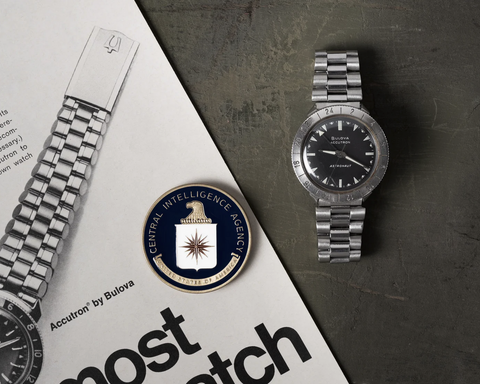






11 comments
Although at the end of the movie, it did reveal that this movie was indeed a true account of the actual events that took place, I never knew about the story of Rolex’s founder.
This is an amazing part of this history and should be included, if it hasn’t already been, placed in the archives of this unbelievable historical event that helped shape the horrific events that took place and affected the world during a bleak time in History.
Thanks for the story.
John S.
This has been the 2nd new story I’ve heard about Stalug Luft III this week. Apparently, golf was one of the more popular types of recreation at the camp…https://www.cnn.com/2024/03/09/sport/prisoners-of-war-golf-stalag-luft-nazi-spt-intl/index.html
Got a chance to visit the site of the Stalag last year in Zaigan, Poland. It’s a little bit eery, but was a great opportunity. Aside from a monument to those killed, they have a pretty good visitor center, and you can see the location of the tunnels marked out with concrete pavers.
Thanks Henry as you have gone into great detail and unearthed some great stories of horological history. I was offered a POW Rolex ref 3525 last year & missed the bus when the owner took it to an auction house in the UK. He was interested to obtain the highest possible price for a watch with some serious provenance. ⏱️
Excellent piece of writing